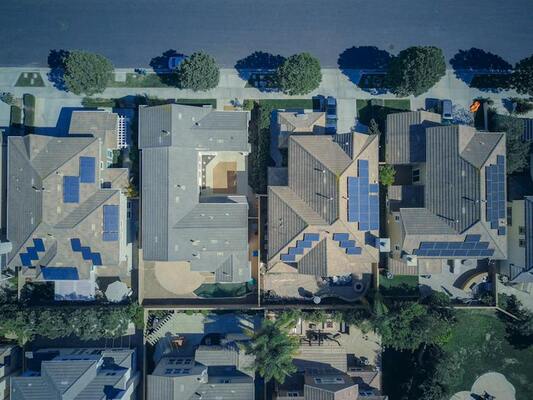
Maximizing Solar Panel Efficiency: The Art of Optimal Placement
In the quest for sustainable energy solutions, solar power stands out as a beacon of hope. As technology advances and environmental concerns grow, the deployment of solar panels has become increasingly prevalent. However, the efficiency of solar panels heavily relies on their placement. Understanding the principles of optimal solar panel placement is crucial for maximizing energy generation and harnessing the full potential of solar power.
Factors Influencing Solar Panel Placement:
1. Sunlight Availability:
Sunlight availability is the cornerstone of solar panel efficiency. Panels must be positioned where they can receive maximum sunlight exposure throughout the day. Factors such as shading from trees, buildings, or other obstructions can significantly impact energy production. Hence, selecting a location with minimal shading is paramount.
2. Angle and Tilt:
The angle and tilt of solar panels play a critical role in optimizing energy capture. In most locations, solar panels are typically installed at an angle equal to the latitude of the area to maximize annual energy yield. However, adjusting the tilt according to the season can further enhance efficiency. For fixed installations, a compromise angle that maximizes energy production across seasons is often chosen. Alternatively, adjustable mounting systems can dynamically change the tilt angle, ensuring optimal performance year-round.
3. Orientation:
The orientation of solar panels determines their exposure to sunlight. In the northern hemisphere, panels are usually oriented towards the south to capture the maximum amount of sunlight throughout the day. Conversely, in the southern hemisphere, panels face north. However, variations in orientation may be necessary depending on specific site conditions and energy requirements.
4. Roof Characteristics:
For rooftop solar installations, the characteristics of the roof, such as its material, slope, and orientation, influence panel placement. Ideally, roofs with a south-facing orientation and a slope between 15 to 40 degrees are optimal for solar installations. Additionally, the structural integrity of the roof should be assessed to ensure it can support the weight of the solar panels.
5. Local Climate Conditions:
Local climate conditions, including temperature, humidity, and air quality, can affect solar panel performance. High temperatures can reduce panel efficiency, while excessive humidity may lead to corrosion over time. Additionally, air pollution and dust accumulation can decrease sunlight penetration, necessitating regular panel cleaning to maintain optimal efficiency.
Best Practices for Solar Panel Placement:
1. Conduct a Site Assessment:
Before installing solar panels, conduct a thorough site assessment to evaluate sunlight availability, shading patterns, and structural considerations. Utilize tools such as solar irradiance maps and shading analysis software to determine the optimal placement for maximum energy generation.
2. Optimize Tilt and Orientation:
Adjust the tilt and orientation of solar panels based on local latitude, seasonal variations, and energy requirements. Consider using adjustable mounting systems or trackers to optimize panel positioning and increase energy yield.
3. Minimize Shading:
Identify and mitigate potential sources of shading, such as trees, buildings, or nearby structures, to ensure uninterrupted sunlight exposure throughout the day. Trim overhanging branches or strategically position panels to minimize shading effects.
4. Ensure Proper Roof Integration:
When installing rooftop solar panels, ensure proper integration with the existing roof structure to maintain structural integrity and weatherproofing. Consult with a professional installer to assess roof suitability and implement appropriate mounting solutions.
5. Regular Maintenance:
Maintain solar panels through regular cleaning and inspection to remove debris, dust, and dirt buildup that can hinder sunlight absorption. Additionally, monitor panel performance and address any issues promptly to maximize efficiency and prolong system lifespan.
Conclusion:
Optimal solar panel placement is essential for maximizing energy generation and harnessing the full potential of solar power. By considering factors such as sunlight availability, angle and tilt, orientation, roof characteristics, and local climate conditions, solar installations can be optimized to achieve peak efficiency. Through careful planning, site assessment, and adherence to best practices, solar panel systems can contribute significantly to renewable energy generation and environmental sustainability.
What do you think? Leave a comment.